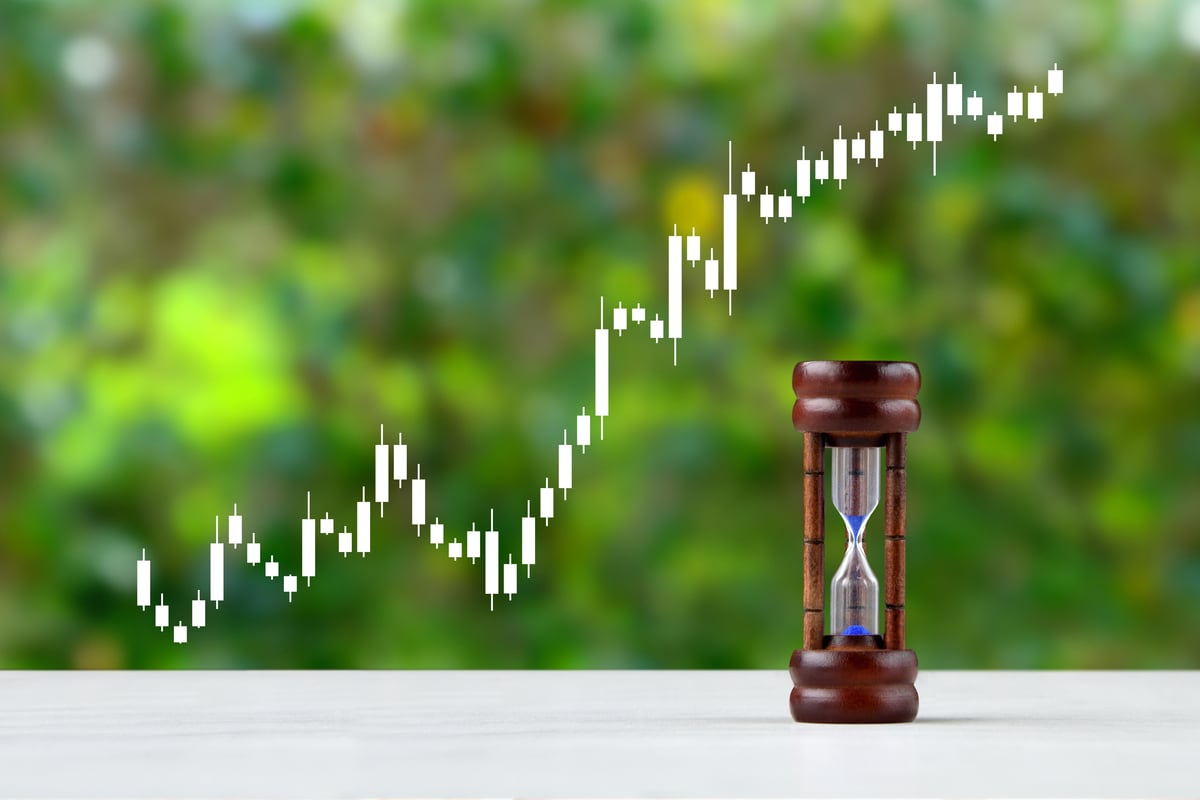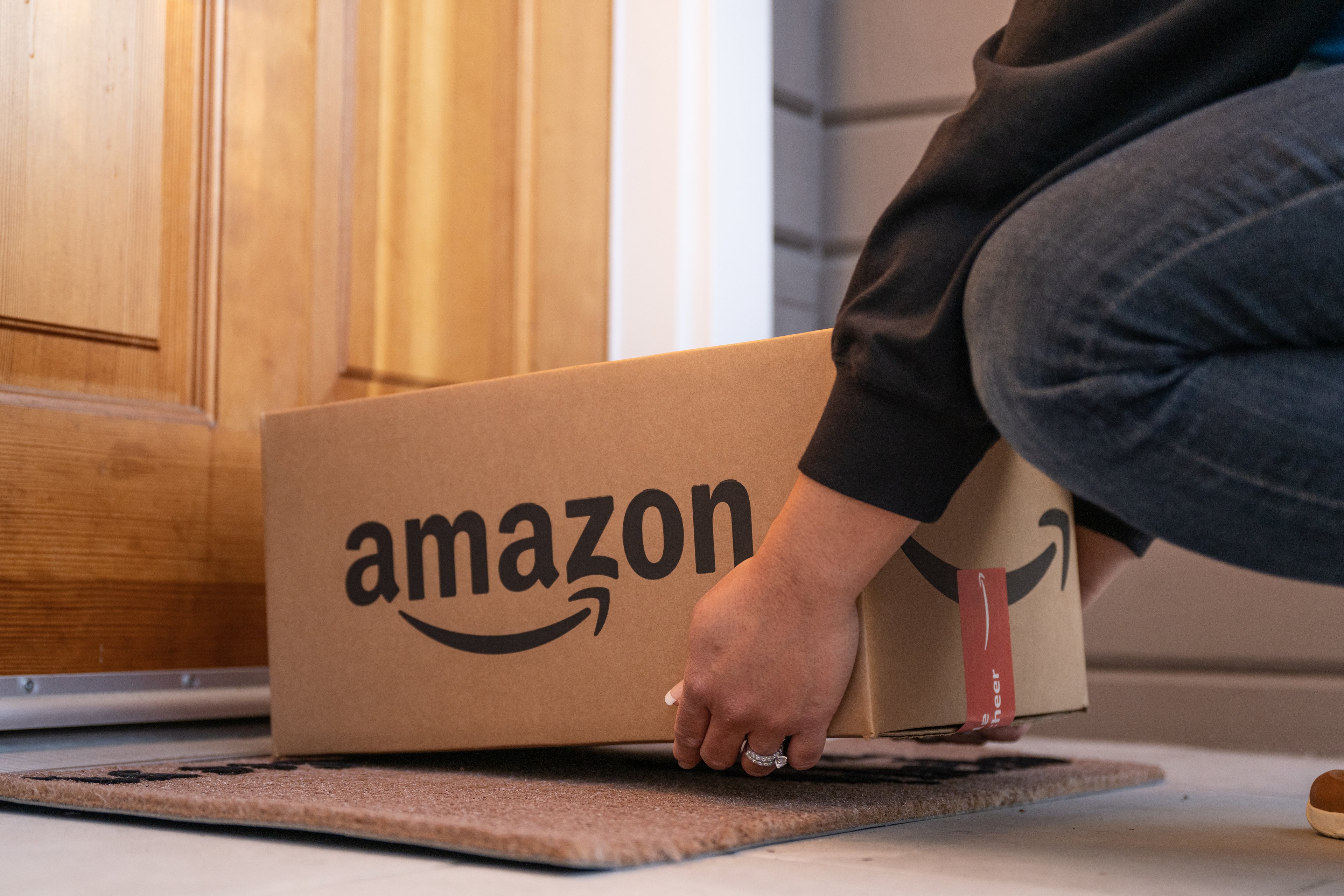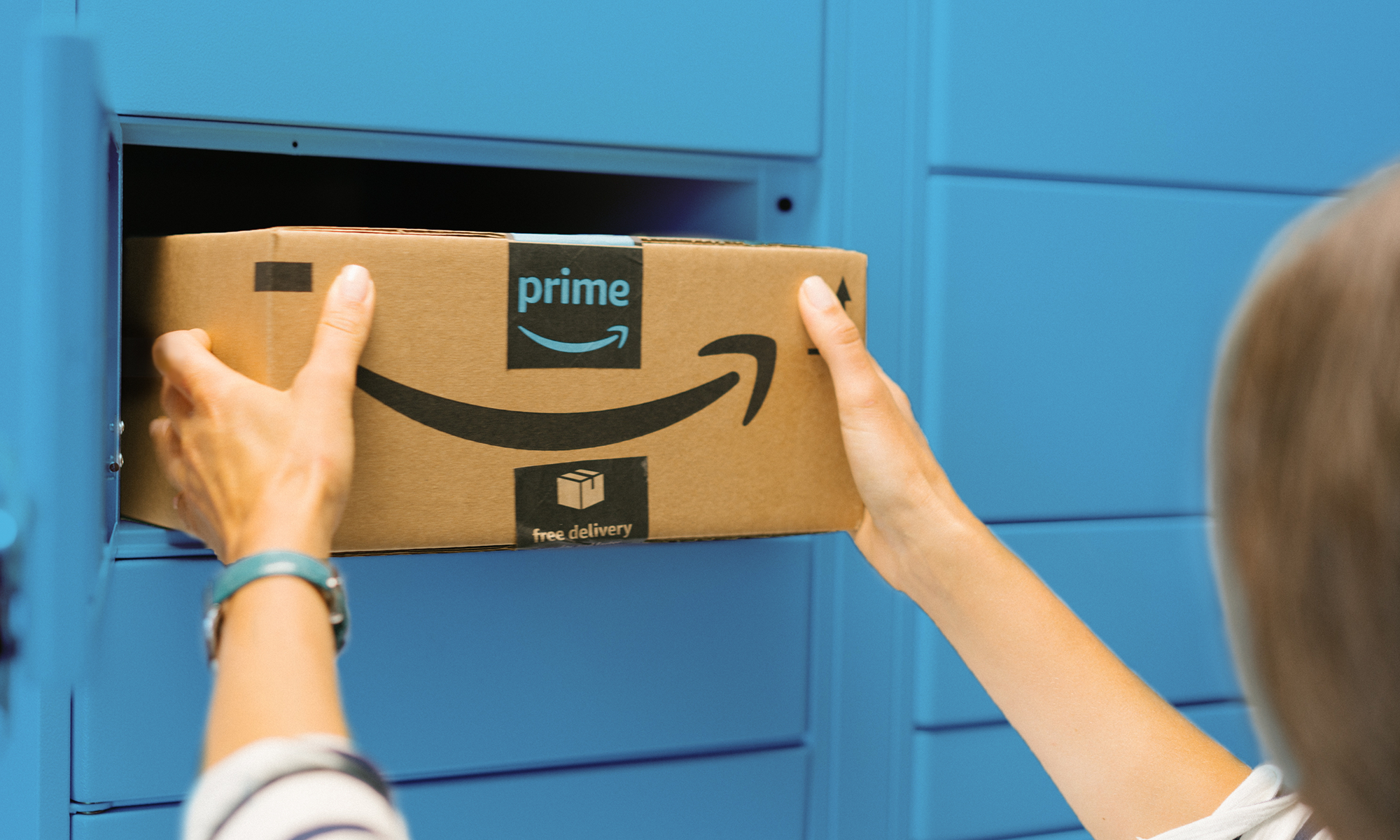There's no denying the increasing importance of e-commerce when assessing the retail environment, and no company has benefited more from the growing adoption of digital sales than Amazon.com (AMZN 1.80%). The online bookseller-cum-everything store wrote the playbook for internet commerce and is expected to account for nearly half of e-commerce sales in the U.S. once 2018 closes.
Traditional retailers are fighting back, though, and those efforts appear to be bearing fruit. As brick-and-mortar stores are gaining experience in the digital realm, the combination of online acumen and leveraging physical locations may be the key to beating Amazon at its own game. That's exactly the strategy that's being employed at Walmart (WMT +1.23%), Home Depot (HD +0.61%), and Target (TGT +0.12%).

Have traditional retailers cracked the code for competing with Amazon? Image source: Getty Images.
A little context
Amazon has a number of ancillary businesses that are included in its totals, so its 29% year-over-year revenue gains in the third quarter can't all be attributed solely to e-commerce. Deducting the results of Amazon Web Services, it's physical stores, subscription services, and advertising is necessary to isolate digital sales growth. After making the necessary adjustments, Amazon grew its online sales by 15% year over year in its most recent quarter.
Save money. Live better.
Walmart may have been slow out of the blocks to embrace e-commerce, but the world's largest retailer has come roaring back. The company has taken a holistic approach, first by acquiring a number of successful online retailers, and then using those assets by luring customers back into its stores. The turning point for Walmart was undoubtedly its acquisition of Jet.com in August 2016. The company then went from strength to strength, putting Jet founder Marc Lore in charge of its e-commerce operations.
The retailer has sought to blur the lines between digital and physical sales by allowing consumers to order online and pick up those orders at the store. Walmart has been using a combination of lower prices and pickup towers to entice online shoppers to pick up their order, which typically results in additional in-store purchases.

Image source: Walmart.
That strategy is paying off. In its most recent quarter, Walmart's U.S. e-commerce sales increased 43% year over year, and are on pace to achieve the company's goal for 40% gains for the year -- soaring past Amazon's 15% growth by a healthy margin.
More saving. More doing.
You might think of Home Depot as a retailer that would be on the leading edge of boosting online sales, but the company's strategy is similar to Walmart. In the conference call to discuss its 2018 third-quarter results, Home Depot CEO Craig Menear described how an omnichannel approach was yielding results: "For example, Buy Online, Ship to Store and Buy Online, Pick Up in Store sales both grew faster than the overall online sales growth rate for the third quarter."
The company has also added enhanced delivery and fulfillment options and can currently reach 95% of the U.S. population in two days or less with parcel shipping, and plans to eventually reach 90% of U.S. homes with same-day or next-day delivery on a wide variety of the products it sells, including big and bulky goods.
These efforts are resonating with customers and allowed Home Depot to increase its online sales by 28% year over year in its most recent quarter, nearly doubling Amazon's 15% growth.

Bullseye, Targets mascot. Image source: Target.
Expect more. Pay less.
Target's version of integrating its digital and physical stores allows customers a number of options once they're placed their online order. In addition to simple delivery, online orders can be picked up in stores, but that's not all. Drive Up, Target's highest-rated service, allows shoppers to order online, receive a notification once an order is ready for pickup, and drive to the store to have the order brought out to the car. Target also offers a ship-from-store option, and volume for that option more than doubled, while in-store pickup now accounts for 15% of digital sales.
Shoppers are responding to these efforts, as e-commerce sales grew 49% year over year, the strongest digital comp Target has ever reported -- and more than triple Amazon's growth. That's even more impressive considering that's on top of the 24% year-over-year growth Target reported in the prior-year quarter.
Playing catch-up
It's important to point out that there are certain limitations with such a comparison. For example, Walmart's online sales are only reported in the United States. The company recently acquired Flipkart, an online seller in India, but doesn't yet break out those results. As a result, this isn't truly an apples-to-apples comparison. It's also important to note that digital sales volume is only one in a host of metrics that should be considered before investing in a company.
That said, with the growing importance of e-commerce in a rapidly changing retail landscape, this exercise provides an important data point that shows how traditional retailers are taking on Amazon in a digital dogfight -- and winning.






